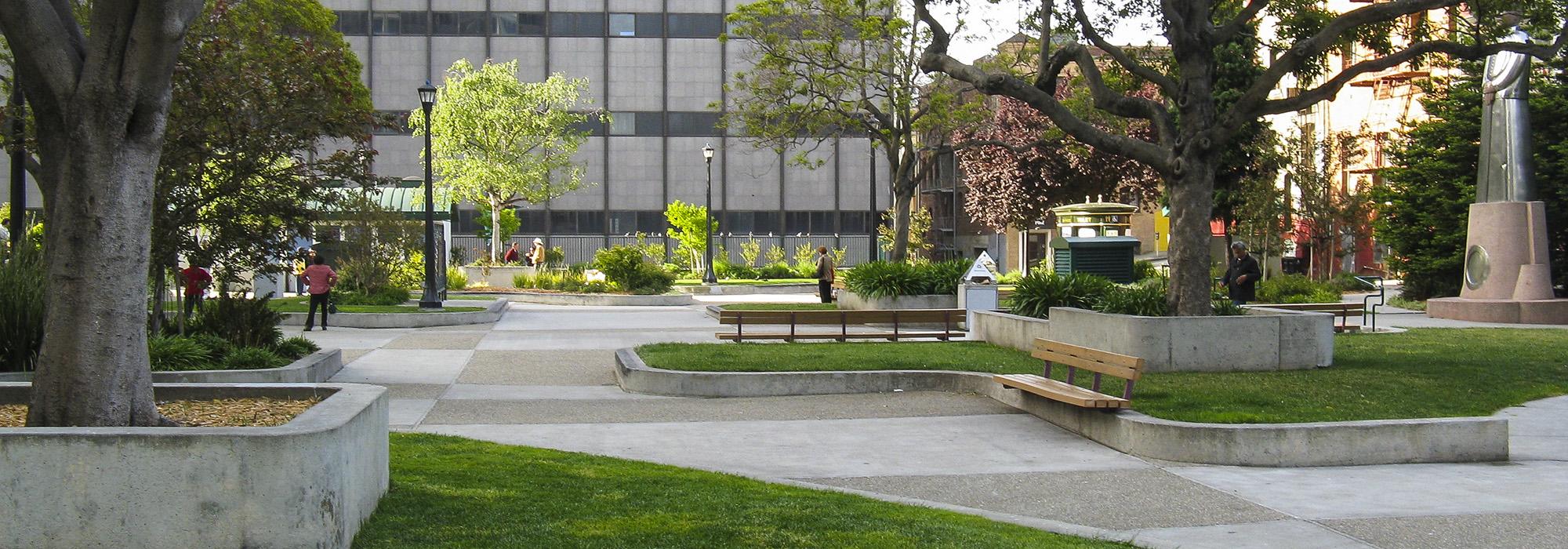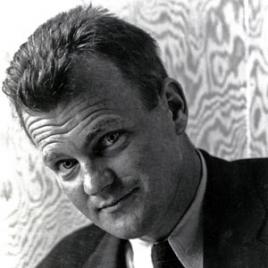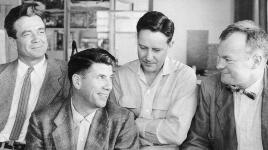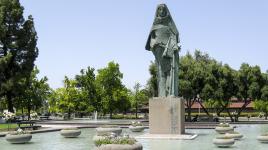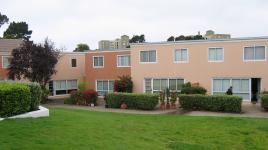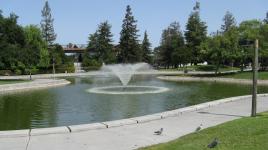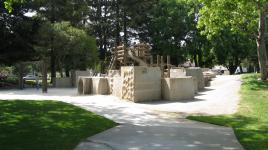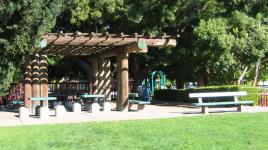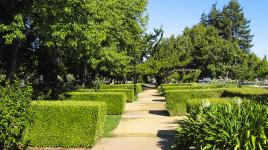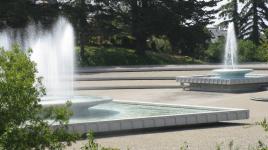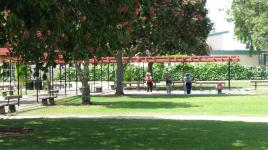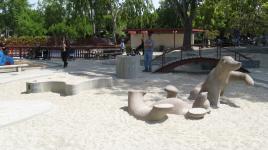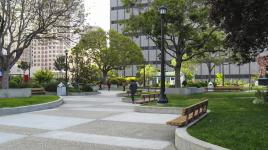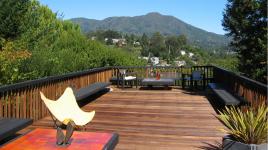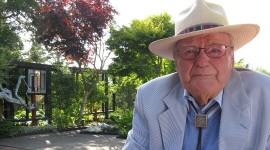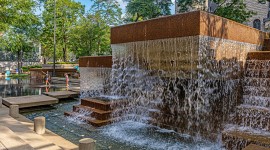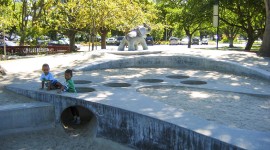Pioneer Information
One of California’s foremost Modernist landscape architects, Royston earned a degree in landscape design from the University of California, Berkeley. After interning with Thomas Church, Royston joined the office full-time in 1940, working on several large-scale site design projects including the Valencia Gardens for the U.S. Housing Authority and the Parkmerced Apartments, both in San Francisco. During World War II, Royston served in the Navy. While off-duty, he continued to challenge his understanding of landscape space and the creative use of form for spatial definition by creating models of residential gardens out of scrap material.
Returning to San Francisco in 1945, he and colleagues Garrett Eckbo and Edward Williams founded Eckbo, Royston, and Williams. Although Eckbo worked in Los Angeles, Royston remained in San Francisco where the post-War housing boom created many opportunities to design sophisticated indoor-outdoor landscapes combining function and fine art. Celebrated for his innovative achievements in landscape architecture, he often employed biomorphic forms to enrich California parks and playgrounds including Santa Clara’s Central Park, Bixby and Mitchell Parks in Palo Alto, and Krusi Park in Alameda. In 1958, Royston, Hanamoto, Alley, and Abey was formed. Their community designs for Sunriver, Oregon, and North Bonneville, Washington, reflect Royston’s process and sensibility.



